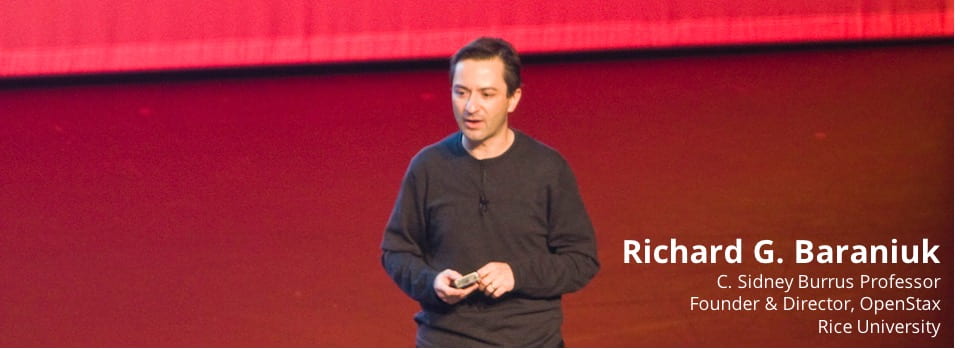L. Jacques, J. N. Laska, P. T. Boufounos, and R. G. Baraniuk, "Robust 1-Bit Compressive Sensing via Binary Stable Embeddings of Sparse Vectors", preprint, 15 April 2011.
Abstract: The Compressive Sensing (CS) framework aims to ease the burden on analog-to-digital converters (ADCs) by reducing the sampling rate required to acquire and stably recover sparse signals. Practical ADCs not only sample but also quantize each measurement to a finite number of bits; moreover, there is an inverse relationship between the achievable sampling rate and the bit depth. In this paper, we investigate an alternative CS approach that shifts the emphasis from the sampling rate to the number of bits per measurement. In particular, we explore the extreme case of 1-bit CS measurements, which capture just their sign. Our results come in two flavors. First, we consider ideal reconstruction from noiseless 1-bit measurements and provide a lower bound on the best achievable reconstruction error. We also demonstrate that a large class of measurement mappings achieve this optimal bound. Second, we consider reconstruction robustness to measurement errors and noise and introduce the Binary ε-Stable Embedding (BεSE) property, which characterizes the robustness measurement process to sign changes. We show the same class of matrices that provide optimal noiseless performance also enable such a robust mapping. On the practical side, we introduce the Binary Iterative Hard Thresholding (BIHT) algorithm for signal reconstruction from 1-bit measurements that offers state-of-the-art performance.
An evocative result (Figure 8 from the paper): 1-bit CS outperforms conventional Nyquist sampling when bits are at a premium. The figure compares the p erformance of several different flavors of Nyquist rate sampling using B bits per measurement vs. 1-bit CS at B times the Nyquist rate (red line). The total number of measurement bits is the same for all samplers. The figure indicates that 1-bit CS significantly outperforms the more conventional approaches when B<6.
erformance of several different flavors of Nyquist rate sampling using B bits per measurement vs. 1-bit CS at B times the Nyquist rate (red line). The total number of measurement bits is the same for all samplers. The figure indicates that 1-bit CS significantly outperforms the more conventional approaches when B<6.
